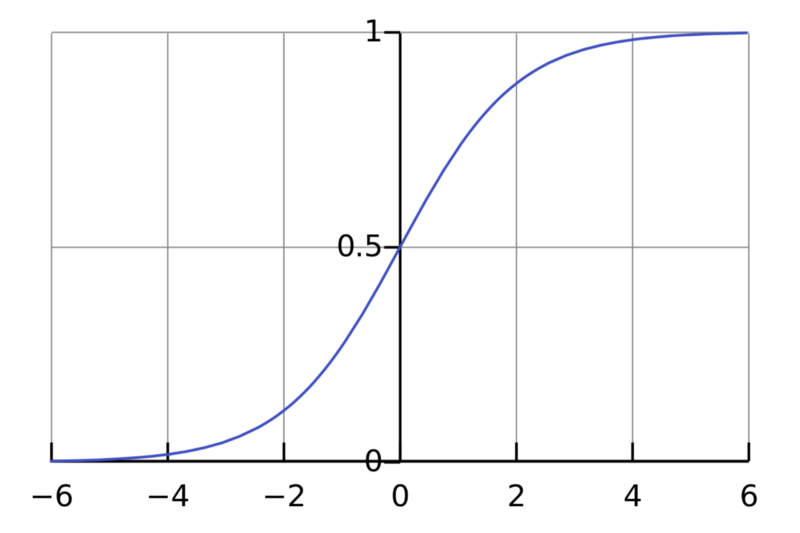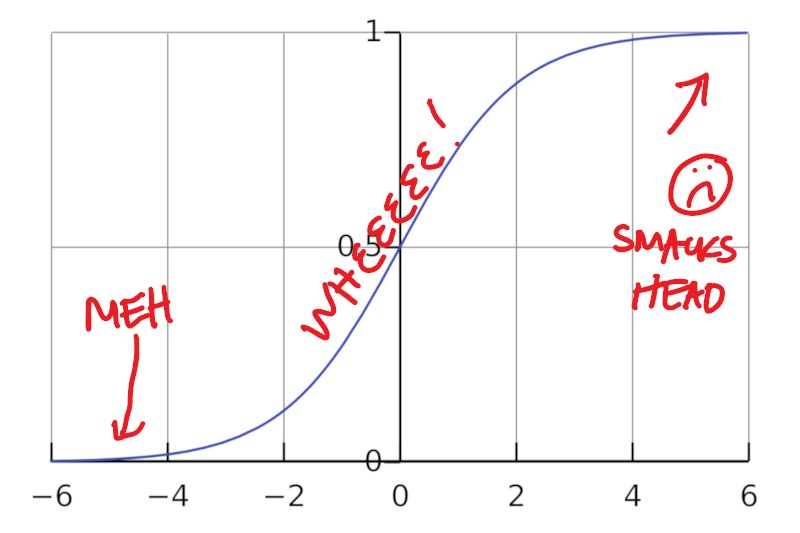What to do after you have messed up and find yourself on the ground
Some days you find yourself on the ground. You are not always sure how you got there. You didn’t feel like you were doing anything risky. Or maybe you DID do something risky — on purpose — because that’s the point of being an evolved and useful human being.
Regardless, there you are. On the ground. Feeling bruised and uncertain.
While what I want (‘cuz let’s face it — this is me) is to just lay there, feeling sorry for myself and making arguments for how it isn’t fair and how other people contributed to my fall — all I can control is what I do next.
I have been up at night, afraid, feeling sick to my stomach, feeling terrible about mistakes I’ve made, feeling stuck and totally freaked out. I’ve been on the ground. For reals (literally and metaphorically).
Which means it’s time to consider a pattern interrupt. The universe is telling me I need some personal disruption.
DISRUPTION: to drastically alter or destroy the structure of something.
The tech industry talks about disruption every day. While disruption sounds scary (and is scary because of all the change and unknown stuff), disruption is in fact, the force behind many insanely awesome innovations and success stories.
Disruption occurs when we recognize that cause and effect as we know it are challenged and then we rebuilt in a new configuration.
Disruption example: What if millennials (who do things differently) are not the cause of your problems in business? What if millennials are the SOLUTION to building businesses in new ways through a millennial mindset – which is more transparent and sustainable (less gimmicky)?
Understanding the value of disruption begins with an s-curve. A normal growth curve is usually not linear, rising steadily from left to right — but is instead an s-curve. The path to success (in business, in life, whatever) usually looks much more like this:

The path of progress begins with low positive response. You achieve little traction for your work. You are unimportant in the market place. Over time you climb the curve and start to see the fruits of your labor. The steep slope is exciting. You feel awesome. And then you once again begin to level off and feel like an idiot because you cannot figure out how to KEEP the slope nice and steep like it was before.
This is the s-curve of success: Meh. Wheeee! Smacks head.

Sometimes we are feeling stuck because we are in the beginning of our s-curve and comparing ourselves to those further up the s-line. In those moments, we must pick ourselves up, brush ourselves off and carry on.
Other times when we are feeling miserable, it is because we are in the “smacks head” zone. We are stuck and frozen in the head smacking top of the curve. It’s ugly here. This is when we should really consider a pattern interrupt. Disruption.
A disruptor sees the pattern and sees opportunity. A disruptor will jump off that s-curve and will take everything they have learned with them. Then the disruptor does something truly bold and scary: they start climbing a new and less obvious s-curve.
This moment (beginning to climb a new curve) feels crazy — like a big backward step. Or maybe a sideways step. The sideways and backwards movement confuses everyone. It will confuse you. It feels scary and risky. But it is the best way to get back on the curve that floats upward.
PERSONAL DISRUPTION: When YOU jump from one s-curve to a new one
Disruption starts with individuals — not companies, organizations and companies. Successful disruptive movements come from within.
Whitney Johnson wrote an book called Disrupt Yourself.
She talks about how important it is that we as INDIVIDUALS recognize when we are reaching that plateau at the top of the s-curve of our obvious career and that we are brave enough and bold enough to jump over to the next s- curve — rather than stay huddled and miserable in the plateau.
“If you are scared and lonely, you are on the right track.” — Whitney Johnson
Whitney Johnson says that we are like asphalt. Asphalt has compressive strength. It is good at withstanding compressive forces (like giant vehicles) – forces from outside. But concrete fails relatively quickly when subjected to pressure from within (such as freezing and thawing). Concrete has poor tensile strength.
To rise to the next level we must not only get better (stronger) at resisiting the pressure from the outside world (compressive) but also how to recognize and respond to our own internal pressure. Self improvement truly is the key to your sustained success. Personal Disruption. Pattern Interrupt. It’s your key to the next s-curve.
How to be a personal disruptor
1. Be patient.
In the beginning of a new s-curve it seems like nothing is happening. That’s normal. Carry on.
2. Turn off the autopilot.
It is the stuff you do everyday that will trip you up. We do what we have done one zillion times and we forget to mind the small but vital details. This is why pilots use a checklist when they prep for flight — every time. Your own competence blinds you to what is happening around you.
Pay attention to what you do, what you notice, how you talk to people and what you are REALLY thinking and FEELING deep down.
3. Battle your own entitlement.
Everyone loves to throw around the word “entitled” and call out the millennial generation. In this scenario, the most entitled (and most blinded) are not a product of a generation’s parenting style (millennials) but the product of success coupled with poor self awareness. If that’s you — think about how it has potentially hampered you. (By the way — everyone thinks they are self aware. But they aren’t. How about you?)
If you accept that you are probably entitled and don’t even recognize it, that will open your eyes. Then you get to notice when it is occurring and keeping you from understanding the REAL and ever shifting environment around you. Once you see what is real, you can react differently. New s -curve.
4. Let your own shame teach you forgiveness
When we find ourselves on the ground, often we are blinded by shame. When we recognize our own drama and trauma, we can turn the shame (self-hatred) into a healthy impetus for change. When we accept responsibility for our own mistakes and look for creative solutions, we forgive ourselves which make us capable of forgiving others.
Is it time for your personal disruption? Your next big leap?
“Do I dare? Do I dare disturb the universe?” — Whitney Johnson


